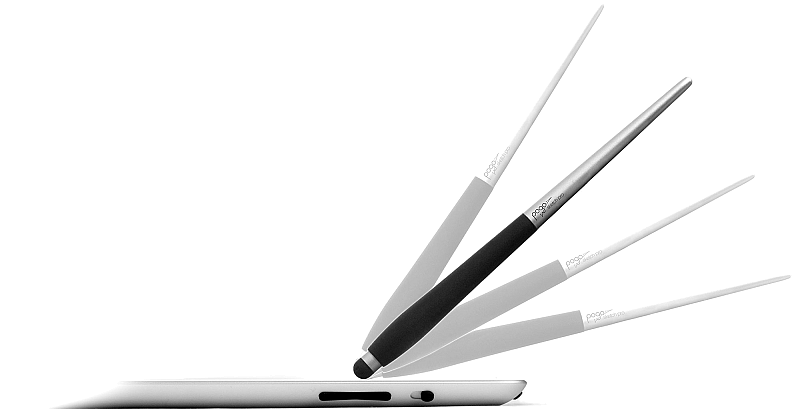
I use a mixture of white gouache with a warm or cool watercolour for this. With that established, I go in with my darks and then finally I add my very lightest tones and accents. The traditional method of watercolour painting involved leaving the white of the paper as the highlights, whereas I tend to start by obscuring the white of the paper with a wash of a light-to-mid tone. The main change was a use of a mid-tone ground. I won a prize in the Royal Watercolour Society’s annual exhibition and I was elected to the Royal Institute of Painters in Water Colours the following year. As I had also been working in pastels, acrylic and oils, I had that light bulb moment – why don’t I apply some of the techniques I used in those media to my watercolours? The outcome of this change of thinking was almost instant. While hanging one particular exhibition, I felt that most watercolours were painted in a time-honoured approach and I thought to myself “surely there are other ways”. About 25 years ago I was very much a traditional watercolour painter. Roger’s watercolour methodsīefore we start the demonstration, a word about my working methods.

AIRSKETCH PRO DRIVER
This is my insurance against events happening like the light changing, the object moving, me being moved on, or, as once happened, a huge juggernaut blocking out the entire scene whilst the driver was on a break. When working on location, I take a photo of the scene before I start and again after I have finished. From these studies, I can then develop a scene into a larger studio painting in any media.

I generally paint smaller sizes on location, anywhere between 8×10” and 16×16”, and usually on boards rather than stretched canvas, as boards are lighter, more rigid and the light doesn’t shine through as it often does with canvas. Often my chosen medium is oils as I love the textural qualities and openness of the paint – that ability to add touches of paint into the existing texture. This could even be as simple as cropping the scene to make a stronger composition. The light plays a huge part of it for me, therefore I limit my painting time to one to two hours with very few additions done later in the studio – and only if really necessary.

Painting en plein air for me is all about trying to capture the spirit of a scene, sensing the atmosphere, colours, smells and sounds.
AIRSKETCH PRO HOW TO
Link copied to clipboard Roger Dellar shows how to turn a location sketch into a larger studio painting while flipping traditional techniques on their head


 0 kommentar(er)
0 kommentar(er)
